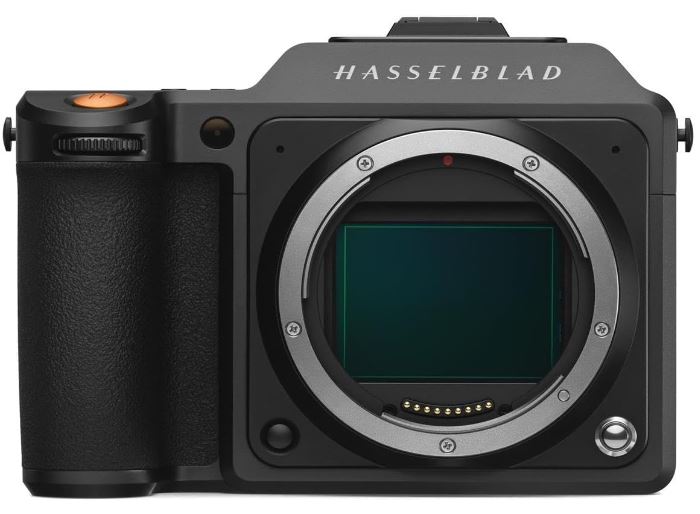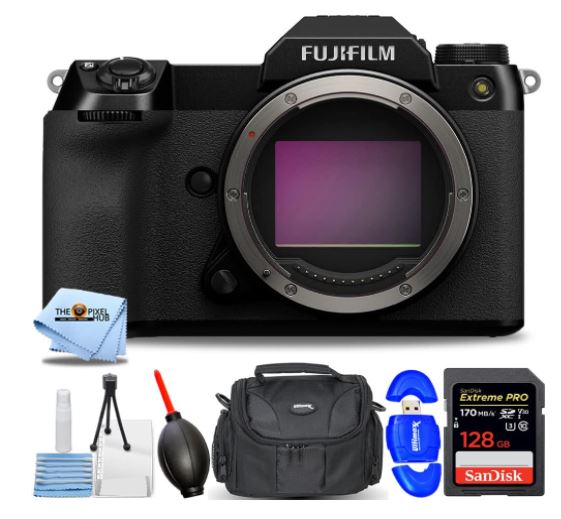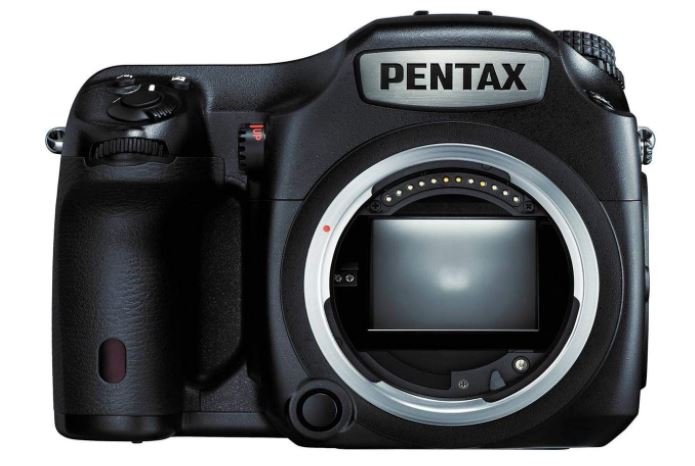Editing medium format photos can seem tricky. But with the right steps, you can make them look amazing. Here’s a guide to help you get the best results from your medium format photos.
Keep Reading: Medium Format accessories
Why Edit Medium Format Photos?
| Image | Product | Price |
|
Our Pick
1

|
Hassel X1D |
|
|
2

|
Fujifilm GFX |
|
|
3

|
Pentax 6457 |

Medium format cameras produce high-quality images. They capture more detail and offer better resolution. But even the best photos can benefit from a little editing. Editing enhances the colors, contrast, and overall look of your photos. It can take a good photo and make it great.
Getting Started: Tools You Need
Before you start, gather your tools. Here are some essential ones:
- Adobe Lightroom: Great for basic edits.
- Adobe Photoshop: Ideal for detailed work.
- Capture One: A favorite among professionals.
These tools will help you make the most of your medium format photos.
Step-by-Step Guide to Editing Medium Format Photos
1. Import Your Photos
First, import your photos into your editing software. This is usually a simple process. Just follow the prompts in your software.
2. Organize and Select the Best Shots
Go through your photos and pick the best ones. Organize them into folders. This makes it easier to find and edit your favorite shots.
3. Basic Adjustments
Start with basic adjustments. These include:
- Exposure: Adjust the brightness.
- Contrast: Make the darks darker and the lights lighter.
- White Balance: Ensure the colors look natural.
4. Enhance Colors
Next, enhance the colors. Increase the saturation for vibrant hues. Use the HSL (Hue, Saturation, Lightness) panel to adjust specific colors.
5. Sharpening and Noise Reduction
Medium format photos are sharp, but a little extra sharpening can help. Use the Sharpening tool to add clarity. For any grainy areas, apply Noise Reduction.
6. Crop and Straighten
Cropping can improve your photo’s composition. Use the Crop tool to remove unwanted areas. Ensure your photo is straight using the Straighten tool.
7. Advanced Edits
For more control, use advanced edits. These include:
- Curves: Adjust the overall tone.
- Cloning and Healing: Remove blemishes or distractions.
- Dodging and Burning: Lighten or darken specific areas.
Tips for Better Edits
- Work Non-Destructively: Use layers and masks. This way, you can easily revert changes.
- Zoom In and Out: Check your edits at different zoom levels.
- Take Breaks: Fresh eyes spot mistakes better.
Common Mistakes to Avoid
- Over-Editing: Less is often more. Avoid making your photos look unnatural.
- Ignoring the Original: Always compare your edits to the original photo.
- Not Saving Copies: Save different versions. This way, you can always go back.
FAQ Section
1. Why are medium format photos better?
Medium format photos have higher resolution and more detail. They are great for professional photography.
2. What software is best for editing medium format photos?
Adobe Lightroom and Photoshop are popular choices. Capture One is also highly recommended.
3. How can I make my photos look professional?
Follow the steps above. Focus on enhancing colors, sharpening, and proper cropping.
4. Should I shoot in RAW or JPEG?
RAW files offer more flexibility in editing. They capture more detail than JPEGs.
5. Can I edit medium format photos on my phone?
While possible, it’s best to use a computer. Editing software on a computer offers more features and control.
Conclusion
Editing medium format photos doesn’t have to be hard. With the right tools and steps, you can achieve stunning results. Remember to start with basic adjustments, then move on to advanced edits. Avoid common mistakes and keep learning. Your photos will look professional and eye-catching.
Ready to start editing? Grab your favorite editing software and give these tips a try. You’ll be amazed at what you can achieve!

